My ten-year-old nephew once asked me, uncle, how to use a vinyl record player to play records. I am sure many vinyl enthusiasts won’t allow kids to touch their precious turntable. But somehow, I could connect with him, as my grandfather taught me a lot about record players and turntables at a very young age. With that thought in mind, I quickly showed him the correct steps to use a record player.
This was when a thought crossed my mind: There could be other people struggling with the same question, and I could help them. Hence, this blog came into existence.
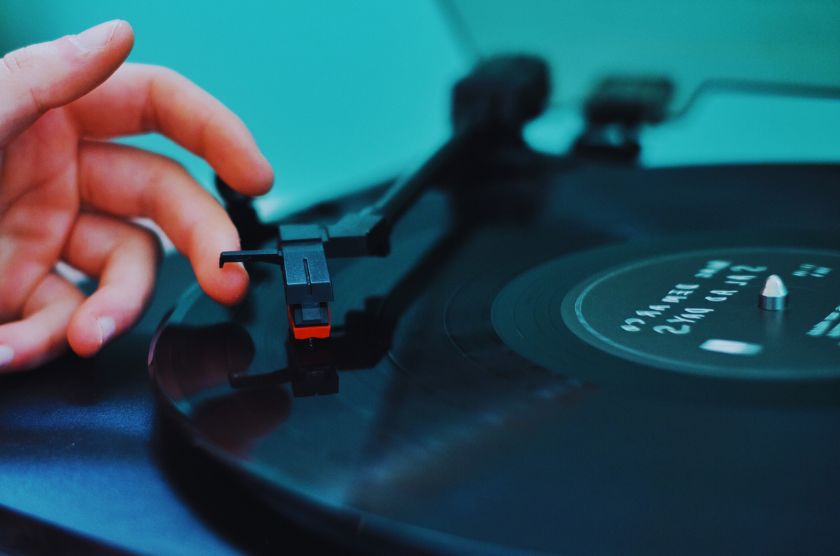
Sure, anyone can use a record player, but there is always a right and a wrong way to operate the turntable. Today, we are going to discuss the right way to get started with your record player.
If you have already set up your turntable and want to skip directly to the steps to use your record player, click here.
Different types of record player
Though record players come in all shapes and sizes, there are precisely three types under which we can categorize them, and your turntable would also fall into one of these categories.
All-in-one record player (suitcase record players)
All-in-one record players have a preamp and speaker built-in. The advantage of these record players is that you don’t need additional components to play vinyl records. You can start using them right out of the box.
Manual turntable
These turntables require user intervention to start, stop, and cue the tonearm on the record surface. Most turntables available today fall into the category of manual turntables.
Automatic turntable
Automatic turntables have a mechanism that automatically lifts and lowers the tonearm on the record surface when the play button is pressed. They also have an additional feature like auto-return, where the tonearm returns to its resting position after the record ends.
How to use a record player or turntable?
Finally, the moment you have been waiting, here are the steps to set up and use your vinyl player. I have made it as simple as possible for someone who is just starting up with their turntable or record player.
If you have already set up your turntable and need the instructions to play your favourite vinyl records, you can skip right to this step.
Setup your turntable and connect it to a power source
The very first thing you need to do is to place your turntable on a stable surface preferably on a table. Make sure it is placed away from the speakers to avoid vibrations.
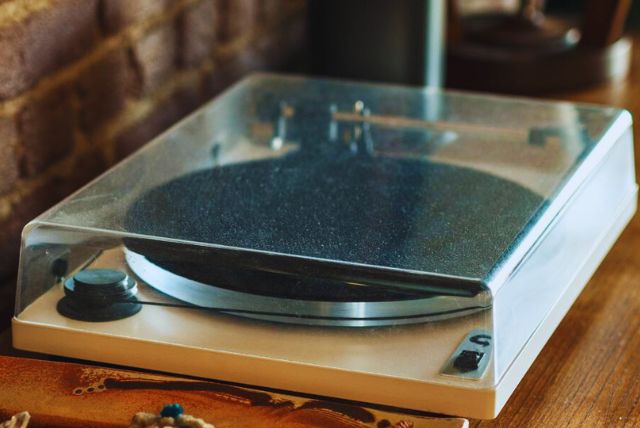
After that, connect your turntable to a socket or a power source.
Connect it to an amplifier and speaker
If you have an all-in-one record player with built-in speakers and preamp, you can skip this step.
If you own a turntable without a built-in speaker, you can simply connect it to external speakers using an RCA or AUX cable connected to the RCA or AUX port at the back of the turntable.
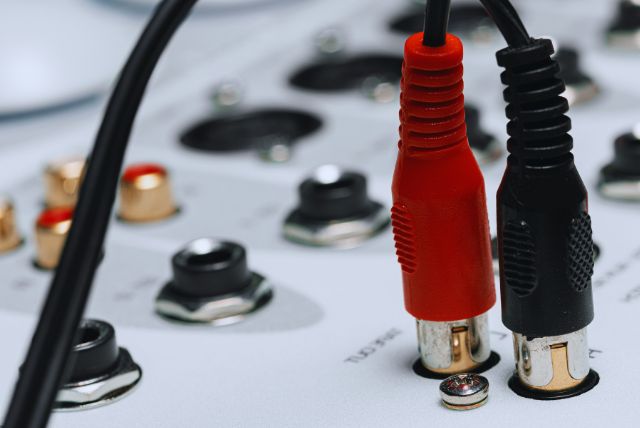
Also, if your turntable or record player has Bluetooth connectivity, you can connect a wireless speaker by turning on the wireless feature on both devices.
Set appropriate tracking force
Tracking force is the amount of pressure a stylus exerts on the surface of the vinyl record. It is extremely important to set it correctly, as too little tracking force can lead to skipping, and too much can damage the record.
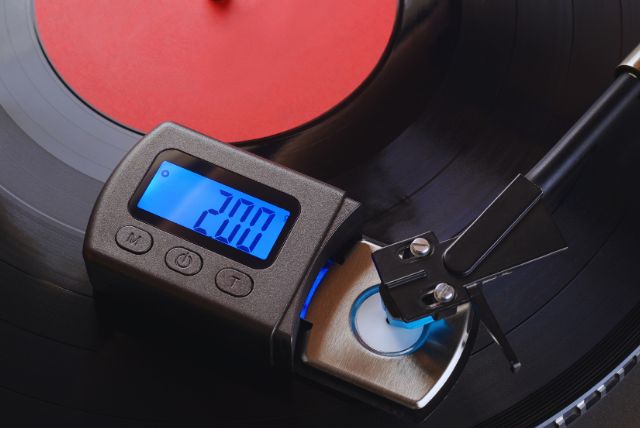
Refer to the manual and set the tracking force according to the manufacturer’s instructions.
Place the vinyl record on the platter
Gently pull the inner sleeve out of the outer record jacket using your index finger and thumb, making sure not to touch the record surface.
After that, tilt the inner sleeve and slide the vinyl into your hand. Then, lift the dust cover and place the vinyl record on the turntable platter, ensuring that the record is centred correctly.
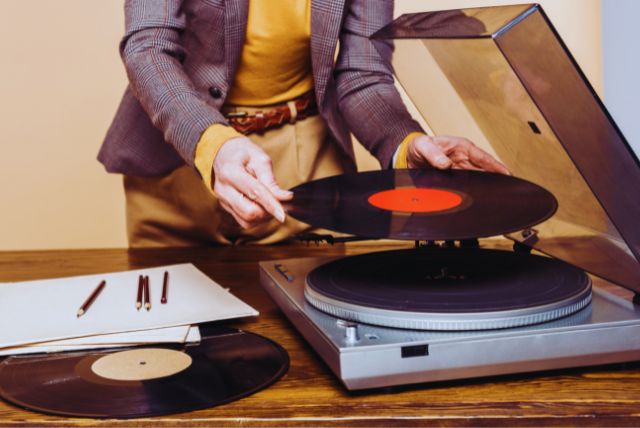
One more thing to remember: if you are going to play a 7-inch 45 single, you may need to place the 45 adapter before placing your record on the turntable platter.
Select the appropriate speed
There are three sizes of vinyl records that are played at three different speeds:
- 10-inch old shellac records are played at 78 RPM.
- 7-inch singles are played at 45 RPM.
- 12-inch albums are played at 33 RPM.
The speed at which a record should be played is usually mentioned on the record’s centre label.
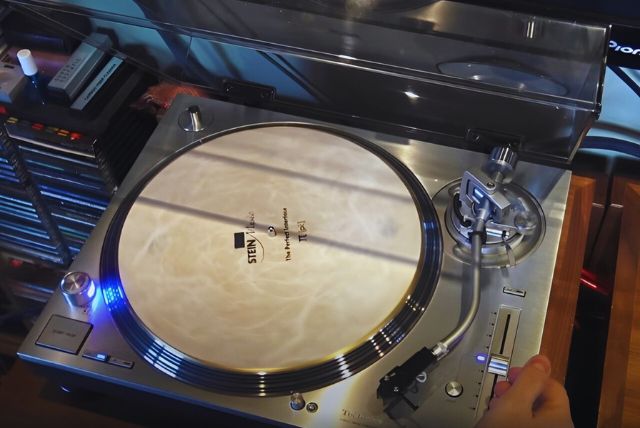
Once you know the correct speed, use the speed selector switch to choose the appropriate speed for the record.
Start the turntable
Now, start the turntable following the manufacturer’s instructions. Some turntables or record players have a manual start and stop button, while automatic turntables have an automatic start function that spins the platter and lifts and lowers the tonearm on the record surface as soon as you press the start button.
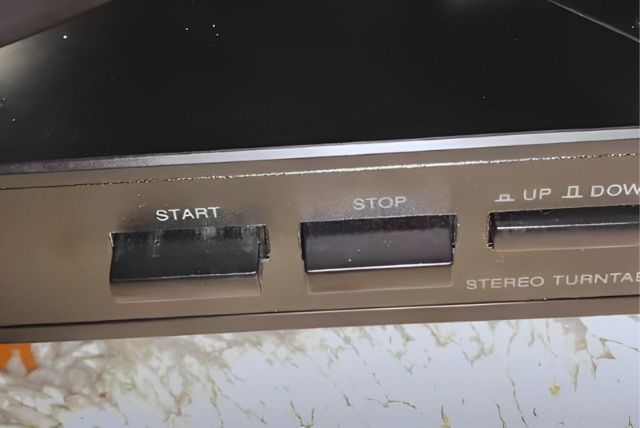
If you own an automatic turntable, you don’t have to move on to the next step, as the record will start playing at this step only, and if you own a manual one, there is one more step you need to follow.
Raise and lower the tonearm
Use the cue lever to raise the tonearm and hold the head of the tonearm to move it towards the edge of the record so that it hovers just inside the disc.
Make sure not to aim too close to the edge of the record, or the stylus will fail to catch the run-in groove and could slip out.
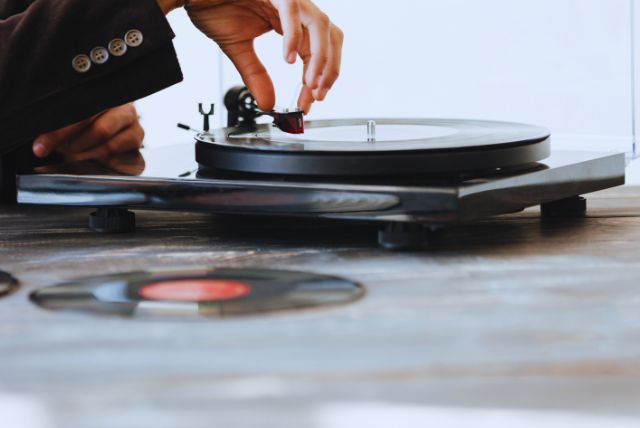
After that, use the cue lever again to lower the tonearm. As soon as the stylus contacts the groove, you will start hearing the music.
Final Beat
Using a vinyl record player or a turntable is extremely easy if you follow the right steps. All you need to do is set it up on a stable surface, power it up, place your favourite records, lower the tonearm, and you are done.
While some turntables may have additional features, the steps to use them and play a vinyl record are similar for most of them.
Still, if you encounter any problems while using your turntable or record player, do let me know in the comments, and I will be more than happy to assist you. Cheers!
Frequently Asked Questions
Q: Do record players damage vinyl?
The answer is yes. Record players from brands such as Victrola and Crosley are often made with cheap components to keep costs lower. Apart from that, they are also infamous for excessive tracking force which when combined with a cheap sapphire stylus, can damage your vinyl records in the long run. Hence, it’s always a good idea to invest in a good entry-level turntable from brands like Fluance or Audio-Technica.
Q: Can I leave my record player open?
You can leave your record player dustcover open while playing the vinyl record but if the record player is not in use, its always advised to keep the dustcover closed to protect the turntable or your record player from unwanted dust.
Q: What not to do with a vinyl player?
To ensure your turntable or record player works well for a longer period, avoid leaving records on the turntable, keep it away from excess heat (including your vinyl), make sure to clean the stylus once every two weeks and lastly, always keep the player on a stable, level surface.



Valuable info. Lucky me I found your site by accident, and I’m surprised why this twist of fate didn’t took place in advance! I bookmarked it.
Thankyou, Becky. I appreciate the kind words. 🙂